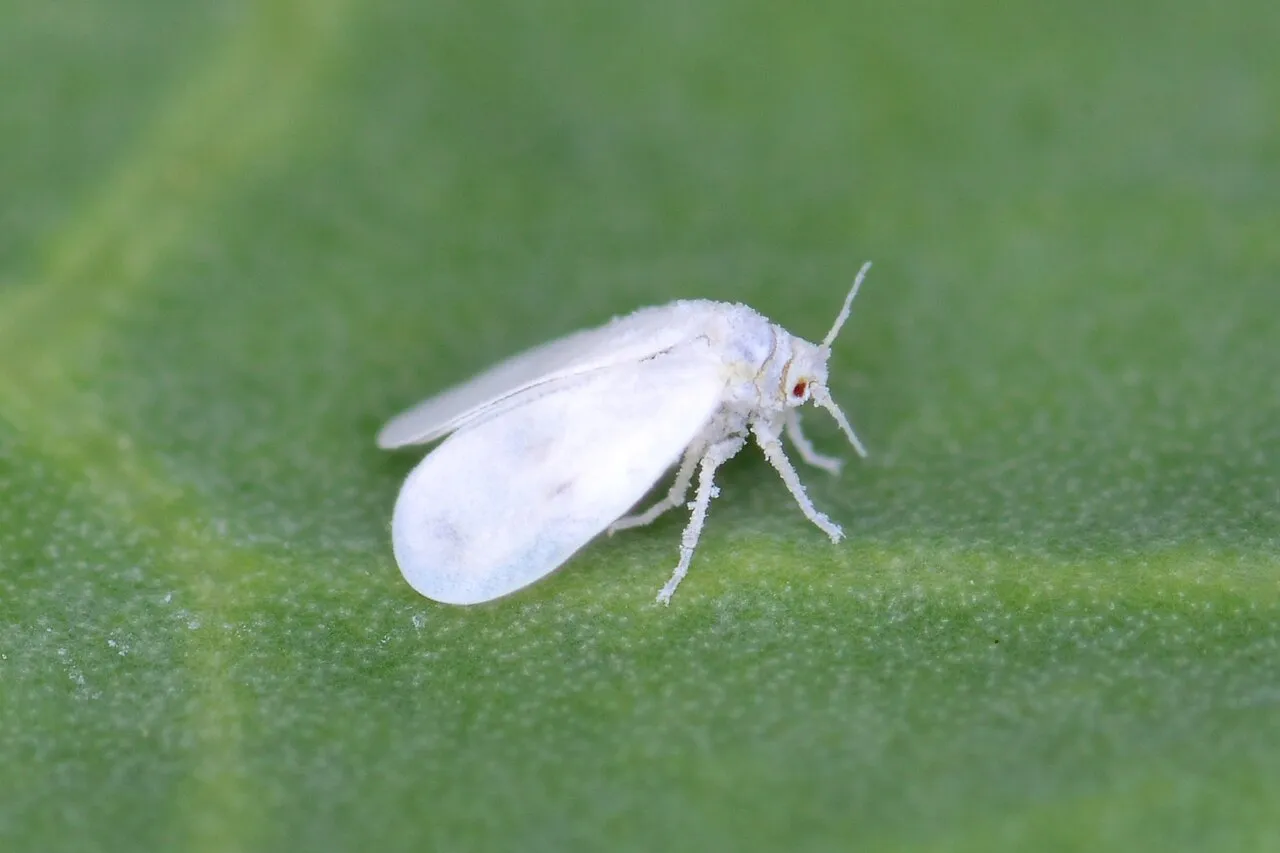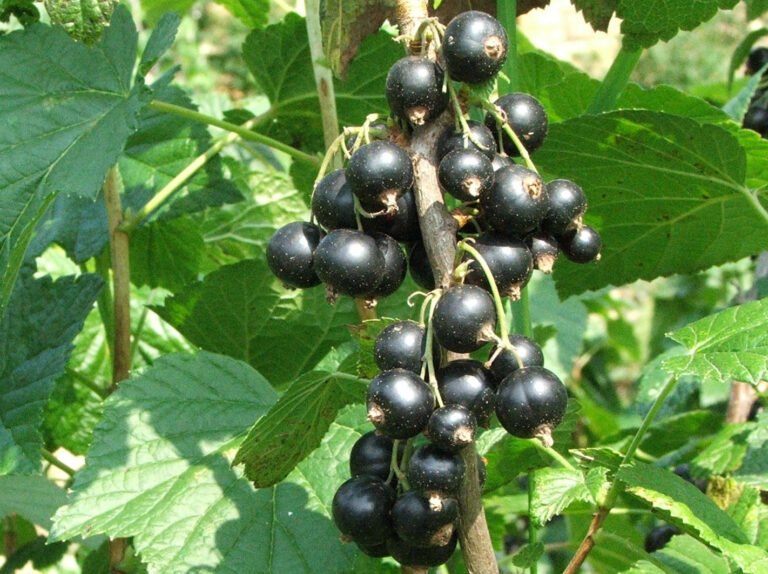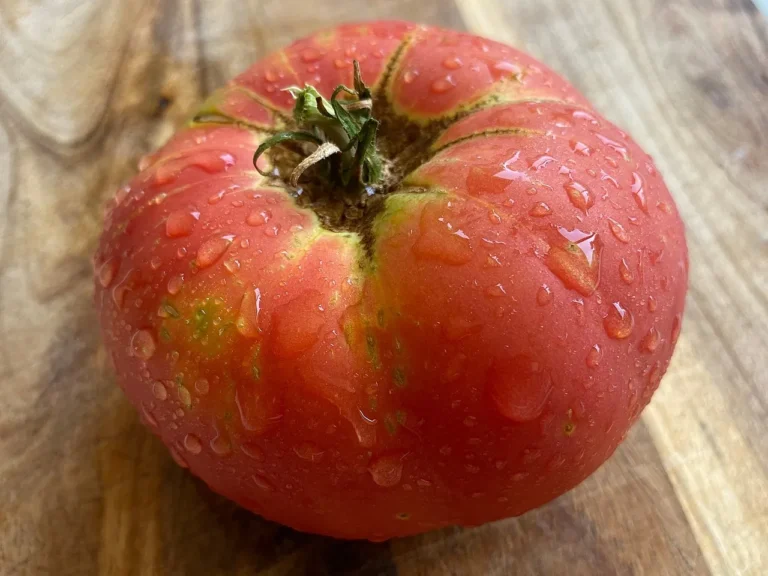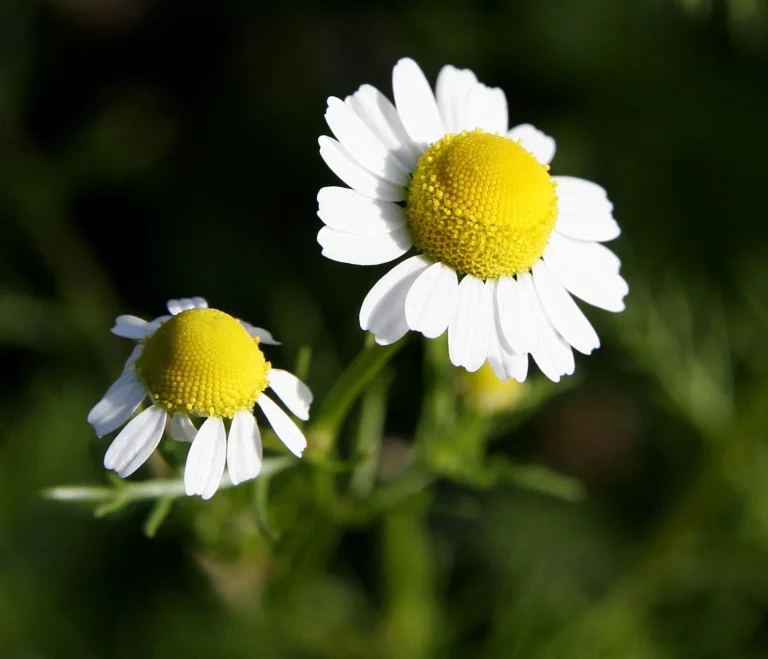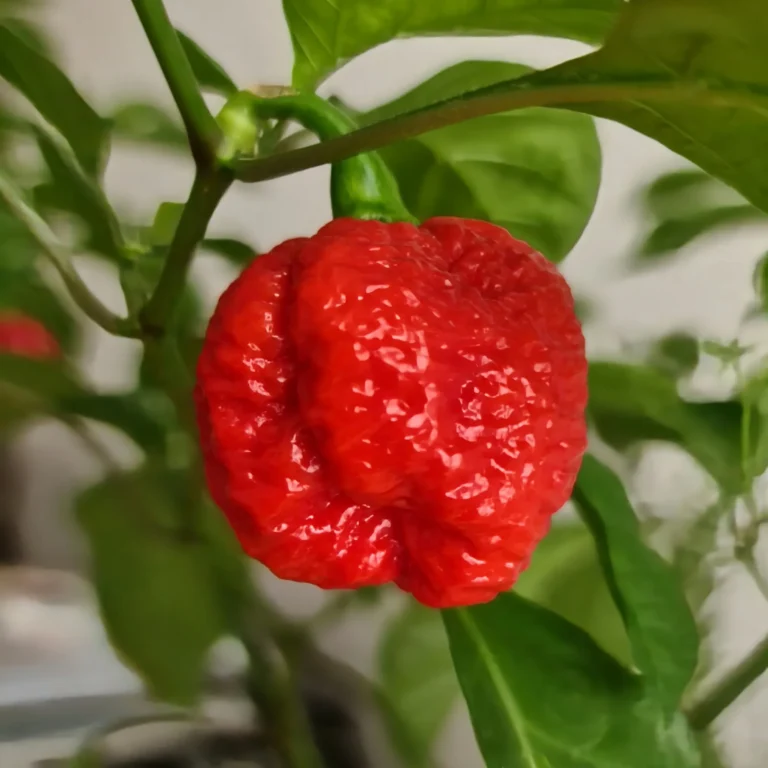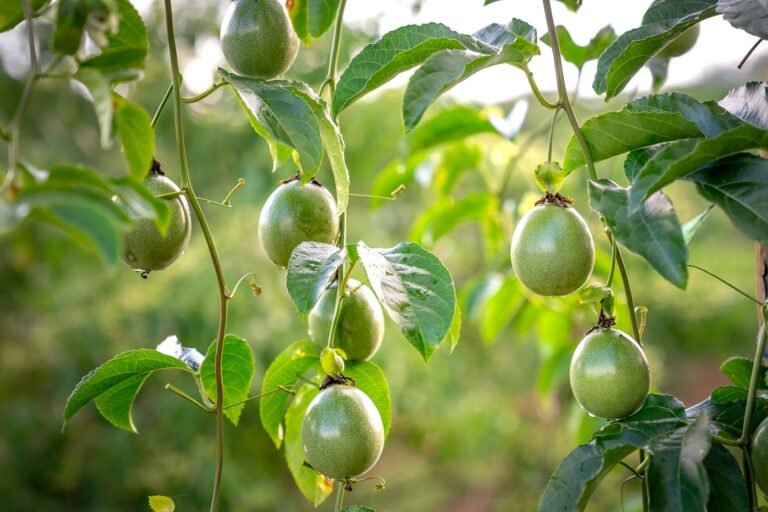Whiteflies: The Ultimate Guide to Managing Whiteflies in Your Garden
Whiteflies are tiny, winged insects that can cause significant damage to plants through their feeding habits. Found in warm climates and greenhouses worldwide, these pests not only weaken plants by sucking sap but also transmit diseases and produce sticky honeydew, leading to sooty mold. Our comprehensive guide will help you identify, prevent, and control whiteflies, ensuring your garden remains healthy and vibrant.
Identifying Whiteflies
Whiteflies are small, moth-like insects, about 1/16 inch long, with powdery white wings. They congregate on the undersides of leaves, where they feed and lay their eggs. When infested plants are disturbed, clouds of whiteflies can be seen flying around the plant. Key signs of whitefly damage include yellowing leaves, stunted growth, and a sticky residue on leaves, which may lead to the development of sooty mold.
Lifecycle and Habitat
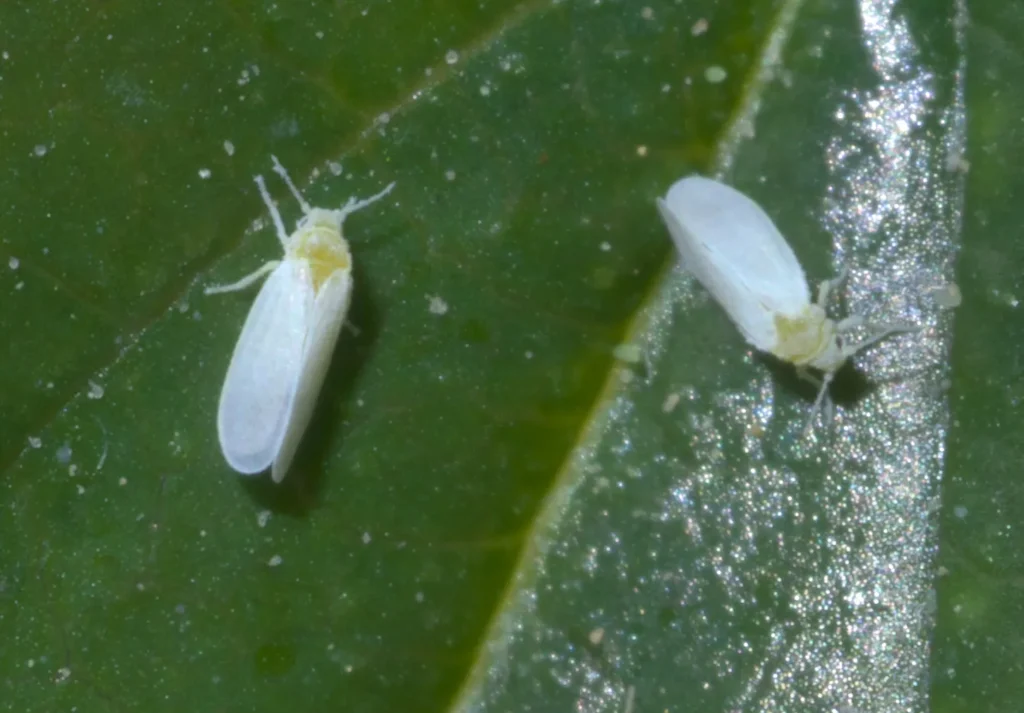
Understanding the lifecycle of whiteflies is crucial for effective control. These pests can produce several generations in a single year, especially in warm environments. Whiteflies go through four life stages: egg, nymph, pupa, and adult. The entire lifecycle can be completed in as little as one month in warm climates, leading to rapid population growth.
Preventive Measures
Prevention is always the best strategy when it comes to pests:
- Inspect New Plants: Before introducing new plants to your garden or greenhouse, inspect them thoroughly for whiteflies and other pests.
- Use Reflective Mulches: In vegetable gardens, laying reflective mulch around plants can deter whiteflies.
- Encourage Beneficial Insects: Natural predators like ladybugs, lacewings, and parasitic wasps help control whitefly populations.
- Keep Your Garden Healthy: Stressed and weak plants are more susceptible to whitefly infestations. Proper watering, fertilization, and care can keep plants robust and more resistant to pests.
Control and Management
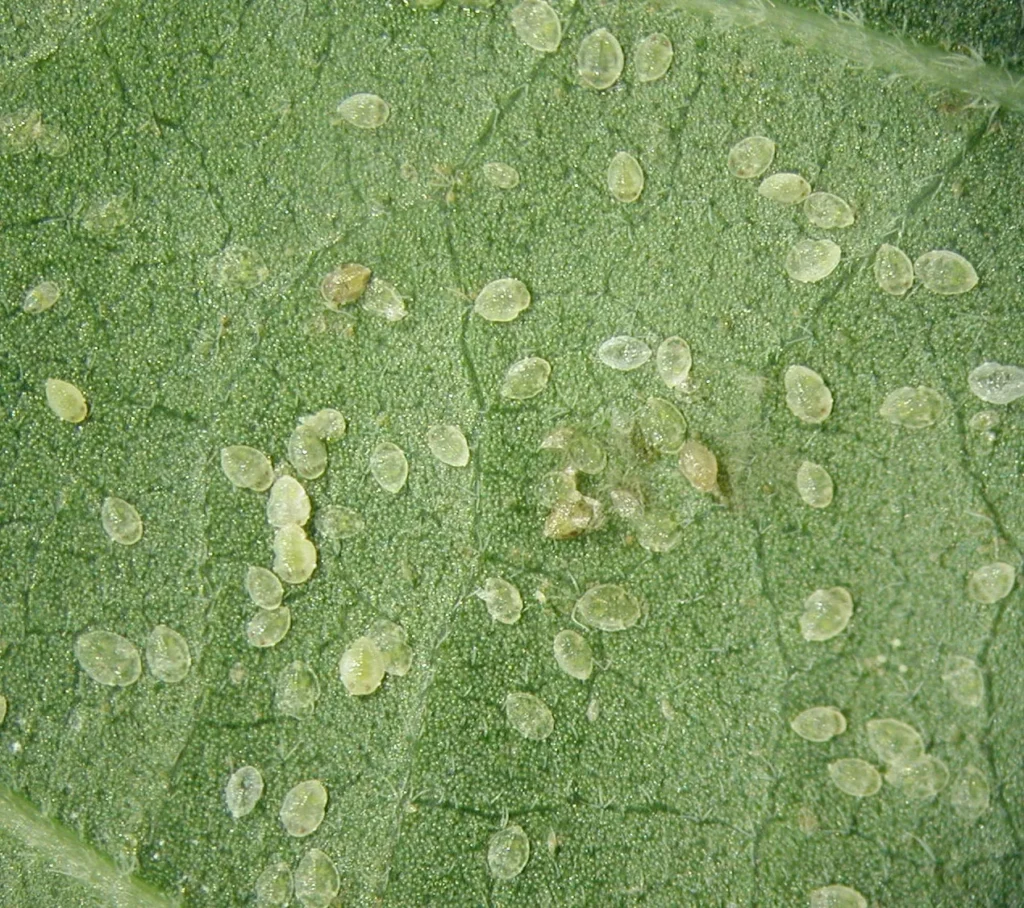
If prevention measures fall short and whiteflies make an appearance in your garden, here are some effective strategies to manage them:
- Yellow Sticky Traps: These can catch adult whiteflies and help monitor infestation levels.
- Insecticidal Soaps and Horticultural Oils: Apply according to the label directions, focusing on the undersides of leaves where whiteflies congregate.
- Biological Controls: Introducing or encouraging populations of natural predators can provide long-term control.
- Systemic Insecticides: In severe cases, systemic insecticides may be necessary. Use these products as a last resort and follow all label instructions to minimize impact on beneficial insects.
FAQs About Whiteflies
Additional Resources
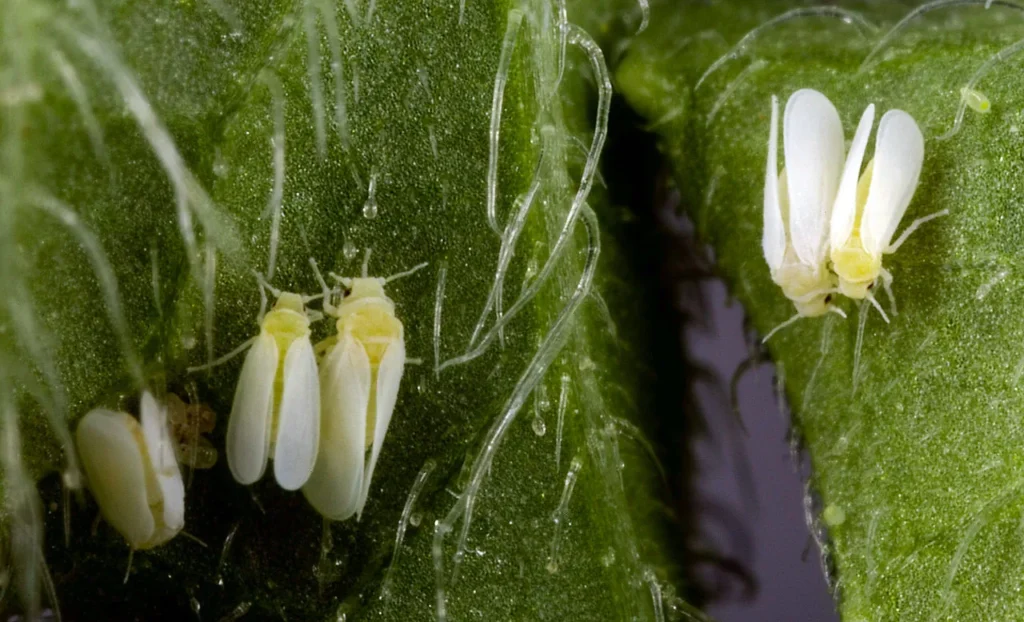
For more information on managing whiteflies and maintaining healthy gardens, explore these resources:
- University of California Statewide Integrated Pest Management Program: The UC IPM Online provides scientifically based information on how to effectively manage whiteflies in both garden and indoor settings. Their website features identification tips, life cycle information, and integrated pest management strategies tailored to whiteflies, making it an invaluable resource for achieving long-term control.
- Royal Horticultural Society: Whiteflies
- Planet Natural Research Center: Whiteflies
Final Thoughts
Whiteflies pose a significant challenge to gardeners, but with the right knowledge and strategies, you can protect your plants from these damaging pests. By integrating preventive measures, encouraging natural predators, and applying targeted treatments as needed, you can keep your garden healthy and whitefly-free.

